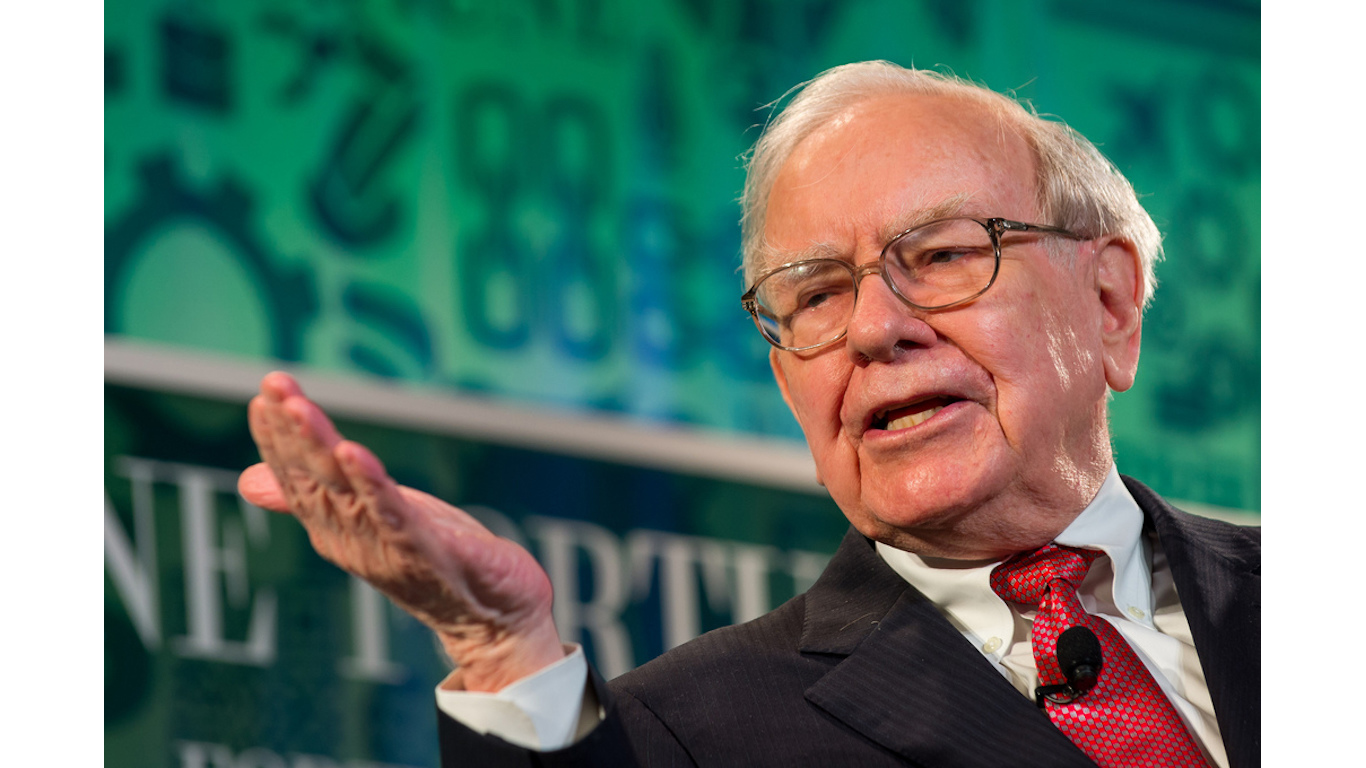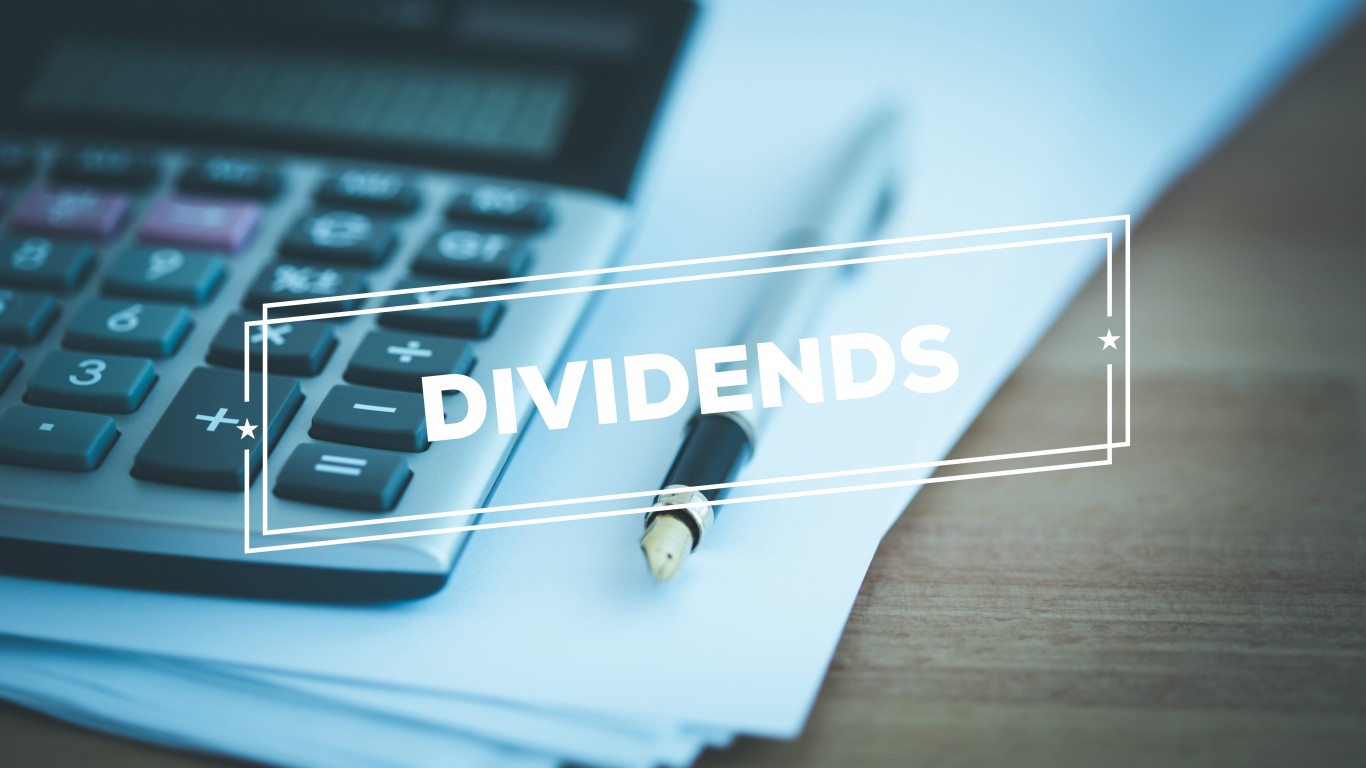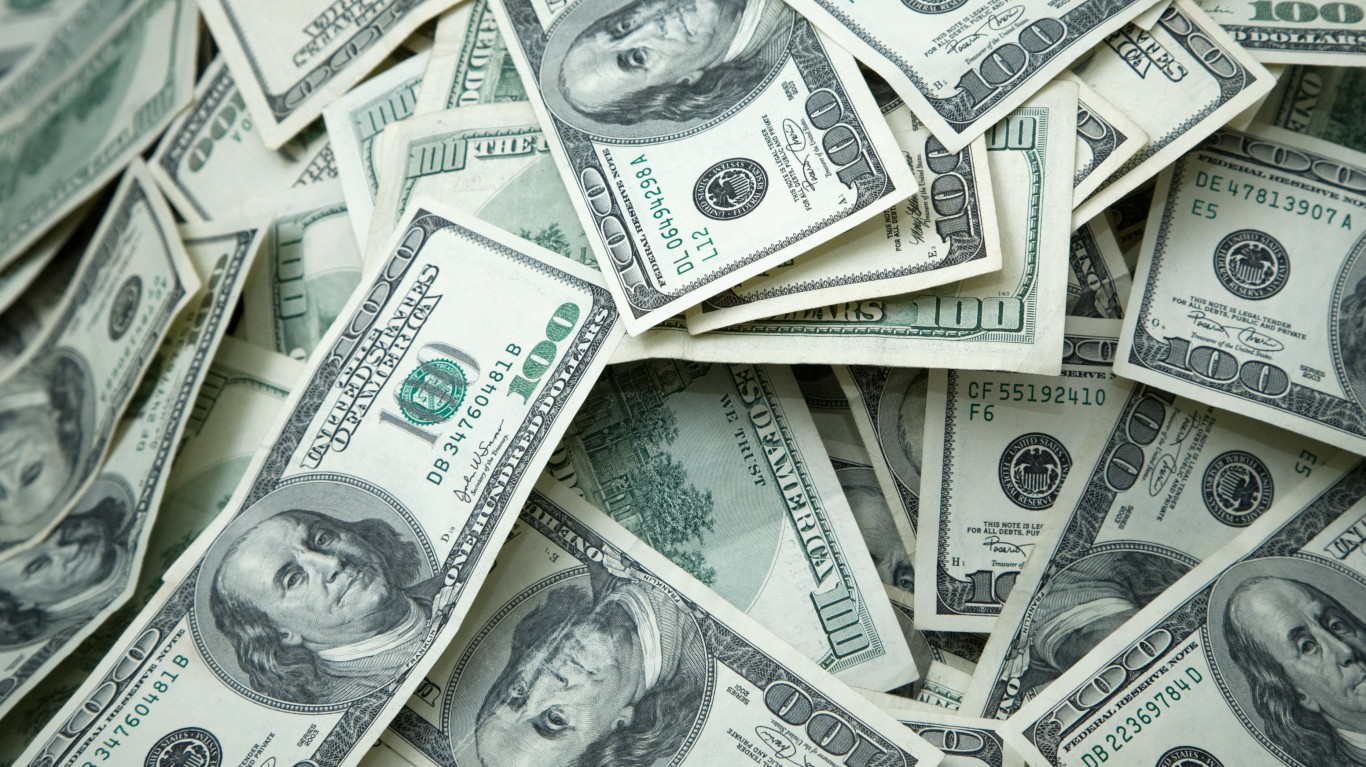
Dividend stocks are an investor’s best friend. Not only do they offer the potential for capital appreciation over time, but they provide a regular stream of income. It is a powerful combination that helps supercharge a portfolio’s total return.
Total return is the combined effect of capital gains, dividends paid, and interest. It measures how much your investment in a particular asset has grown over time and is expressed as a percentage of the original investment.
It is why billionaires love dividend stocks. Warren Buffett, one of the greatest investors of our time, earns around $6 billion a year in dividend payments for Berkshire Hathaway (NYSE:BRK-A)(NYSE:BRK-B). Although he doesn’t go out of his way to buy dividend stocks, he owns about two dozen income-generating companies.
Analysts at Hartford Funds looked at the performance of the S&P 500 from 1960 onward and discovered dividends represented 85% of the index’s total return.
Why do we cover what billionaire investors buy?
No one should blindly buy the same stocks as billionaire investors, or anyone else for that matter. But these super-investors have a proven track record of success that is hard to beat. Investing greats like Buffett, Peter Lynch, and others became billionaires by beating the market year after year for a decade or more. It’s worthwhile to keep an eye on the strategies they employ to help juice the total returns of our own portfolio.
24/7 Wall St. Insights:
- The Federal cut rates more than expected in September but is only forecast to trim them by 25 basis points in November and December.
- A full 1 percent point of rate cuts is expected next, lowering the Federal Funds rate to 3.25% to 3.50% by the start of 2026.
- Sit back and let dividends do the heavy lifting for a simple, steady path to serious wealth creation over time. Grab a free copy of “2 Legendary High-Yield Dividend Stocks“ now.
Billionaire Indicator No. 1: Low payout ratios

The payout ratio is an important metric for dividend investors to check because it shows how much of a company’s income is paid out to investors. It’s calculated by dividing the dividend per share by the earnings per share.
The reason the payout ratio is important is because it indicates how much cash the company has left to reinvest in its business and increase its dividend. The higher the payout ratio the less cash is available to reinvest. Depending up the industry, of course, a payout ratio under 50% may be desirable.
Looking at a number of the stocks billionaire investors purchased in the second quarter finds they focused on stocks that left plenty of room for paying the dividend and for future increases. Buffett’s biggest percentage increase in his holdings last quarter was satellite radio operator Sirius XM Holdings (NASDAQ:SIRI). Its payout ratio was 30%. His second-biggest purchase was insurer Chubb (NYSE:CB) had a payout ratio of just 15%.
Billionaire indicator No. 2: High dividend growth rates

Along with low payout ratios, stocks that were regularly, but rapidly hiking their dividends were also a key area of focus. Because history shows that stocks on the S&P 500 that initiated a payout and then increased it have outperformed all other classes of stocks.
The Hartford study found dividend stocks returned 9.17% annually for shareholders over the past 50 years while non-payers returned a more pedestrian 4.27% annually. However, those that raised their dividends generated 10.2% returns.
Microsoft (NASDAQ:MSFT) was one stock billionaires were piling into in Q2. While it has become a standout artificial intelligence stock in its own right, it has also grown its dividend at a compound annual rate of 12% over the last five years. Similarly, Humana (NYSE:HUM) has hiked its payout at a CAGR of 10%, which helps explain Steven Cohen’s Point72 Asset Management hedge fund nearly tripling its stake in the insurer.
Looking for income stocks with growth rates in excess of 10% is a good place to start your own journey.
Billionaire indicator No. 3: High returns on invested capital

The third key indicator was stocks possessing higher than normal returns on invested capital, or ROIC. It uses a company’s income statement to analyze its balance sheet. It helps an investor understand just how efficiently the business is using the capital contributed by investors to generate profits. A high ROIC indicates management is investing in productive, profitable areas.
By itself, the metric is helpful, though pairing it with a company’s weighted average cost of capital (WACC) can help you glean greater insights. That’s beyond the scope of this article, though.
Still, by looking at where billionaires were putting their money, we can see they value higher than average ROIC. Apple (NASDAQ:AAPL) was the second-most purchased stock last quarter and its return stood at over 42%, well ahead of the S&P 500’s average of 10% for the last three years. The ROIC for Nvidia (NASDAQ:NVDA), the third stock billionaires were buying most, stood at 109%.
Key takeaways
Obviously there were more than just these three signs of a company capable of deploying capital in a shareholder friendly manner that billionaires looked at. They also studied a company’s business model, its long-term growth prospects, industry leadership, and more.
Yet using the three metrics, it could help narrow the vast universe of stocks down to a more manageable level to allow you to dive deeper into the business. That way you will find stocks that are a good fit for your portfolio.
The Average American Is Losing Momentum On Their Savings Every Day (Sponsor)
If you’re like many Americans and keep your money ‘safe’ in a checking or savings account, think again. The average yield on a savings account is a paltry .4%1 today. Checking accounts are even worse.
But there is good news. To win qualified customers, some accounts are paying more than 7x the national average. That’s an incredible way to keep your money safe and earn more at the same time. Our top pick for high yield savings accounts includes other benefits as well. You can earn a $200 bonus and up to 7X the national average with qualifying deposits. Terms apply. Member, FDIC.
Click here to see how much more you could be earning on your savings today. It takes just a few minutes to open an account to make your money work for you.
Thank you for reading! Have some feedback for us?
Contact the 24/7 Wall St. editorial team.





